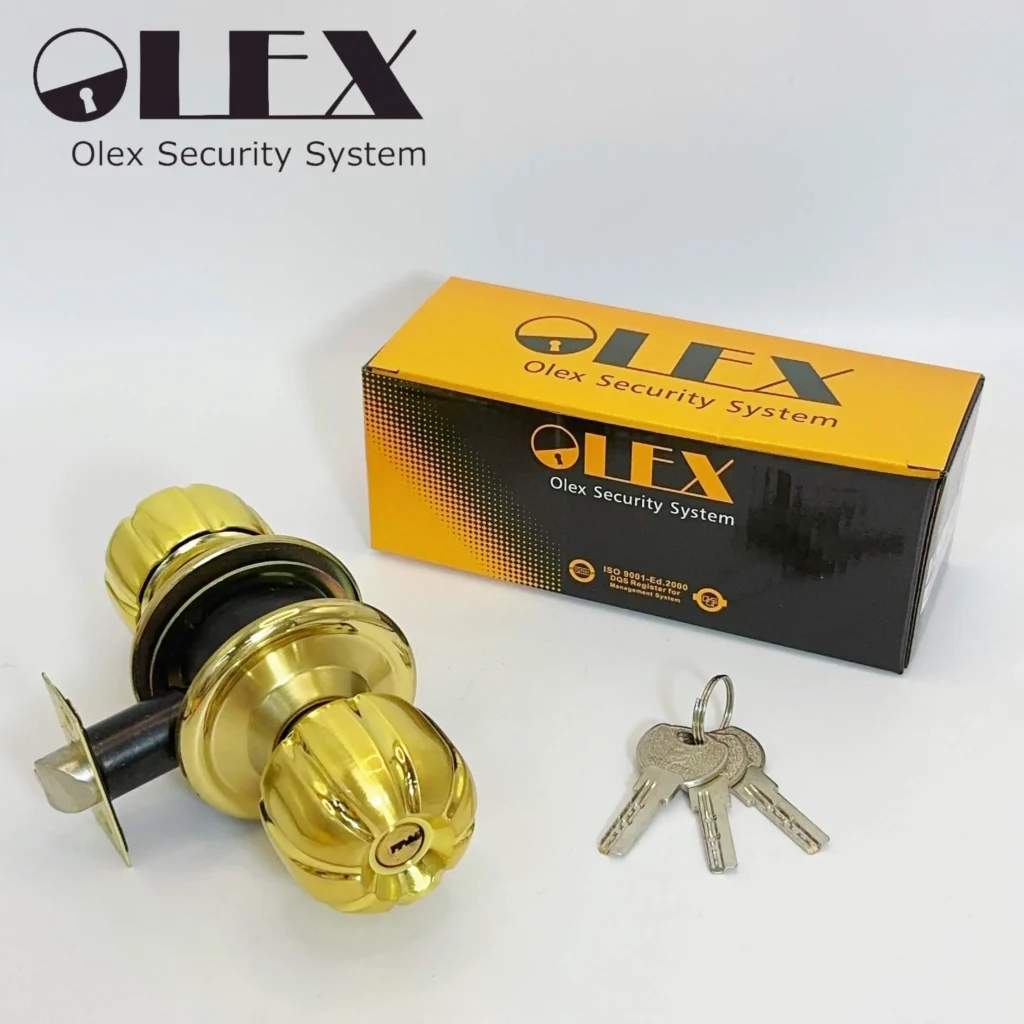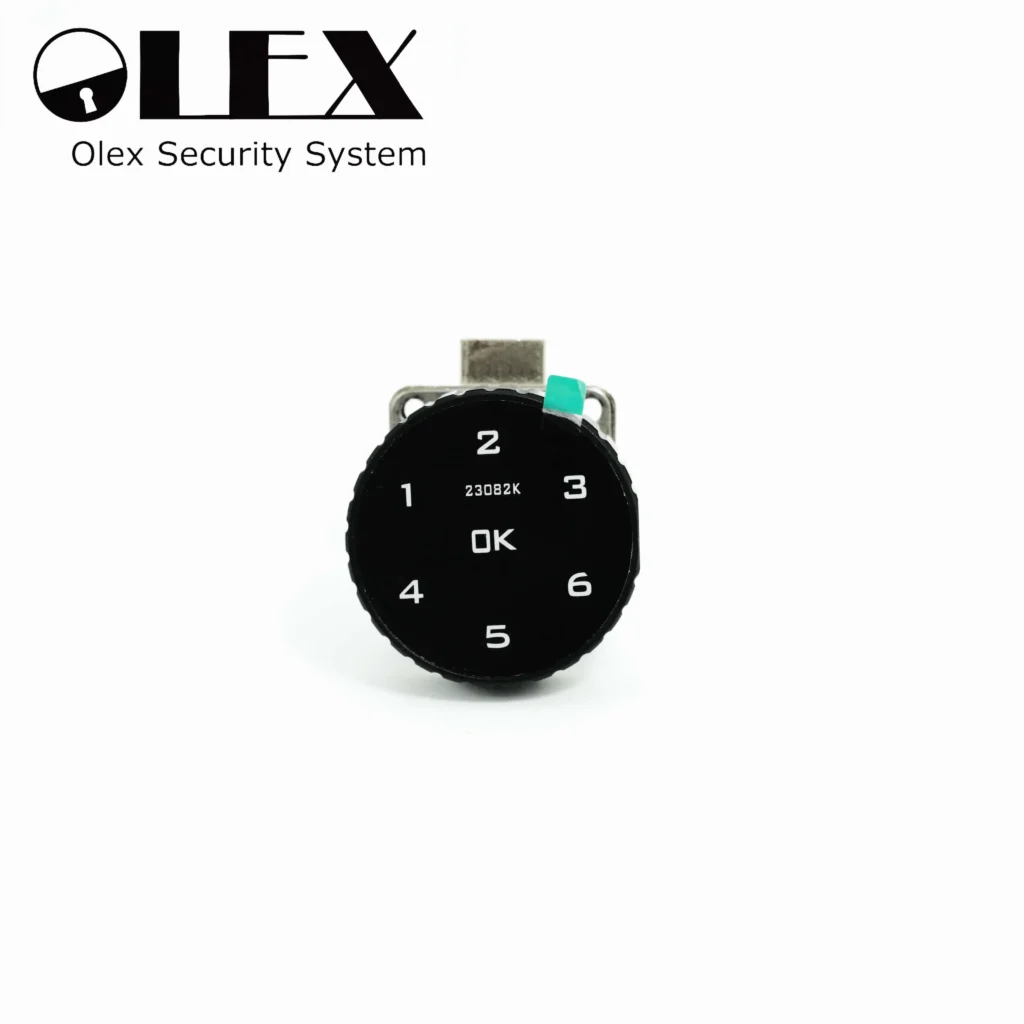Humid Weather Havoc: 5 Positive Ways Smart Door Locks Struggle in High Humidity
Smart door Locks Fail and More
If anyone understands the concept of “humid weather” (known as “回南天” in China), it’s JJ Lin. He has a song called “If It Ain’t Wet, It Ain’t Expensive,” which resonates with those living in southern cities who end up spending a lot of “unnecessary money” due to the humidity.Humid weather is presenting unexpected challenges for modern technology.
Laundry pods turn into liquid detergent, LED screens fog up, and numerous electronic devices fail to charge or power on. The situation has become even more absurd recently, with many people complaining on social media about their smart door locks failing during the humid season, leaving them unable to enter their homes. It’s a uniquely modern form of homesickness: being locked out of your house by a malfunctioning smart lock due to the weather.
Smart lock manufacturers never anticipated that humidity would be the biggest test for the advanced technologies like fingerprint recognition, 3D structured light, and smart networking.
Why Do Smart Door Locks Malfunction?
Currently, common smart door locks use several methods for unlocking, such as fingerprint recognition, facial recognition, NFC unlocking, and password unlocking. Smart locks were designed to provide convenience, freeing people from the need to remember to carry keys. The first two methods are the most convenient but require components to collect biometric data, which is where the problems often arise.Common fingerprint recognition modules: the top is an optical sensor, the bottom is a capacitive sensor.
Fingerprint Recognition: The mainstream approach uses “capacitive fingerprint recognition.” Each time a finger presses the sensor, the resulting electrical signals are converted into fingerprint data, which the system compares with stored data. If there’s water on the finger or the sensor surface, the capacitive difference between the ridges and valleys of the fingerprint changes, causing the sensor to fail in obtaining the correct fingerprint signal. A damp sensor might even trigger false attempts, showing recognition failures despite no one touching it.
Generally, wiping the moisture off can prevent this issue. However, the built-in anti-theft function of smart locks usually locks the recognition feature for a period after several failed attempts.
Facial Recognition: Facial recognition is even more problematic. High humidity can cause internal condensation, making it difficult for the camera to capture a clear face, which hinders the recognition process. Additionally, if water seeps into the interior of the lock, there’s no easy way to wipe it off.
Besides recognition difficulties, smart locks also face potential water damage to their mainboards and batteries.
Top: Optical sensor
Bottom: Capacitive sensor
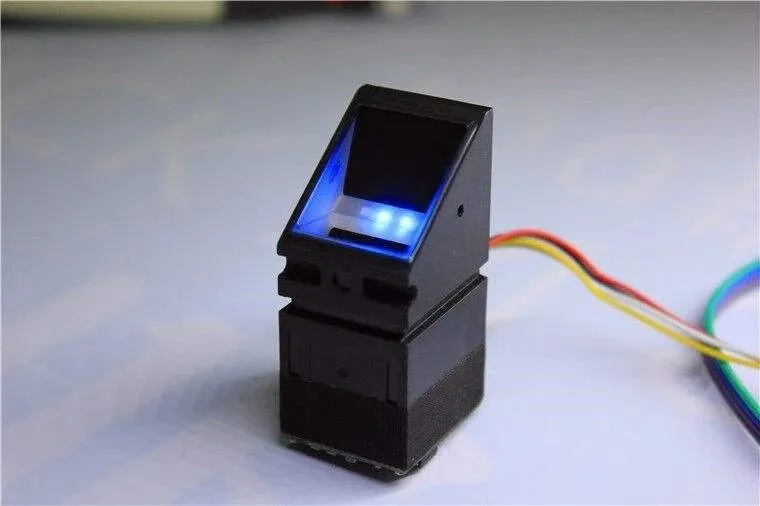
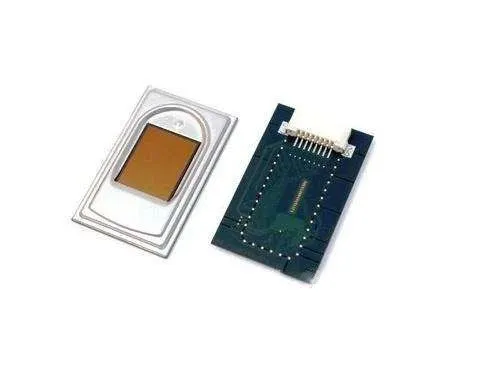
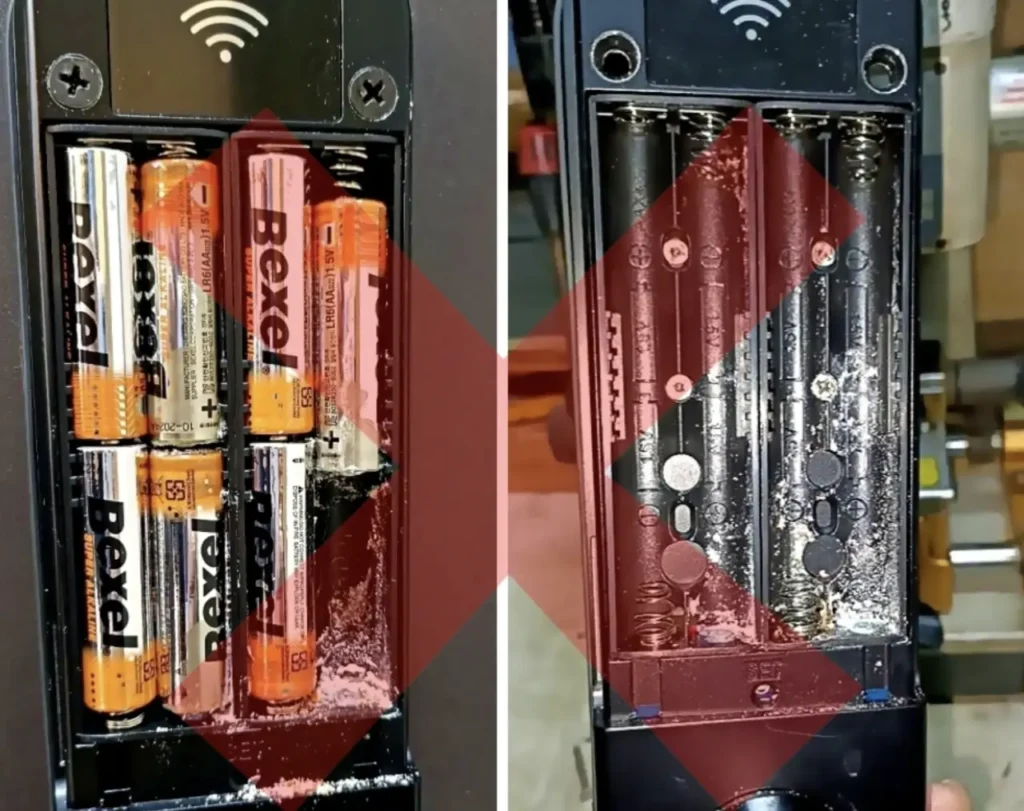
If You Left Home Fine, But Can’t Get Back In.
For smart door locks using dry batteries, extreme humidity might cause leakage. For lithium batteries, ensure there’s no water accumulation at the contact points.
Smart door lock internal batteries may leak.
Even without these issues, you should regularly check the battery status. Most smart lock apps provide battery level estimates and alerts. However, unexpected situations can occur, such as the lock running out of power during a long trip. Many people might not think to check the battery level in the app.
Manufacturers typically provide an emergency power supply port on the outside of the lock, which can be powered using a portable battery. Make sure to test the port beforehand and know the power requirements for the portable battery. Some smart locks offer dual power options, using both lithium and dry batteries.
Surviving the Humid Season
When purchasing a smart lock, consider its water resistance. Smart door locks designed for outdoor buildings and villas usually have water-resistant features. Increasingly, manufacturers are addressing this issue for “indoor” smart locks, with some even conducting “condensation tests” for humid weather conditions.
Smart door locks tested for humidity are now available on the market
During everyday use, keep the lock panel dry and regularly check the battery compartment to avoid leakage or short circuits. In extremely humid weather, consider removing the lock’s batteries as a preventive measure if the lock is not water-resistant. Always keep a spare key as a backup.
Conclusion
Humid weather presents unique challenges for smart technology, especially smart locks. While marketing often highlights their convenience and advanced features, real-world performance in adverse conditions is what truly matters. By understanding the potential issues and taking preventive measures, you can ensure that your smart lock remains functional and reliable, even during the most humid seasons.

